#vogue 1931
Photo
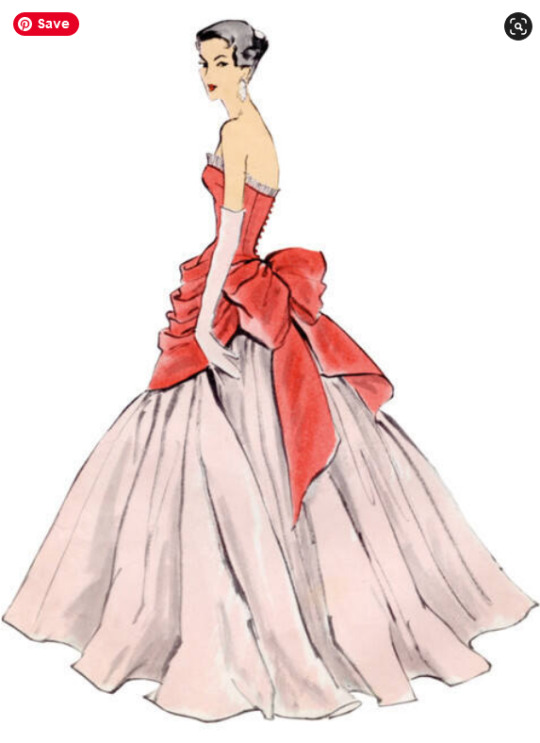


A Fairy Princess Dress: Vogue 1931
This re-issued pattern from 1957 will make you wish you had a ball to attend. It has an enormous skirt, which really needs a stiff petticoat to make the most of it, and comes with two strapless bodice options. One, has decorative lacing down the front and is attached to the skirt. The other one, the fairy princess one, has a separate “overbodice” as they call it, which goes over the dress and which has a pleated frill added along the top edge, a draped apron below (although they call it a pannier,” French for basket) and then a great, big bow at the back which closes with 10 buttons.
The late 1950s was the era of the hour-glass silhouette, and while romantic looks in evening dresses had been popular since the late 1940s, and was clearly the selling point here, notice how spare the grey version was, a sign of change to come. The dress requires over 10 yards of fabric at 60″ wide for the dress itself (it is mostly the skirt) and the additional overbodice takes up around 3 yards.
Quite something. In fact, I am pretty sure you can’t even put it on by yourself in the bowed version. As to the making, remember that strapless dresses are built from the waist upwards. The boning which is inserted within the lining is what defies gravity for you, and you should definitely muslin the bodice to make sure it fits nicely. I don’t see any indication in the description, but most strapless dresses also benefit from an inner belt which helps hold the shape of the dress in and up as well.
The fabrics recommended are ones to make you sigh: silk organdie, taffeta, moire, faille, chiffon and crepe, as well as barathea which is a silk/cotton birds-eye weave with one fabric as the warp and one as the weft. No, I have never seen one either. Notice some are crispy, and some very soft and drapey, so first decide how big you want to appear and whether you want to add that petticoat. and then pick your fabric. If you compare the width of the skirts in the illustrations v. those in the line drawings and you see what a petticoat would do.
You can find it at your local fabric store or here online: https://somethingdelightful.com/vogue-patterns/v1931
#vogue patterns#vogue 1931#vintage sewing#vintage dressmaking#vintage sewing pattern#vintage fashion#1950s fashion#vintage evening dress#evening dress#ball gown#draped dress#costume history#dress history#fashion history#sewing pattern#making#dressmaking#sewing#vintage ball gown#vintage evening gown
113 notes
·
View notes
Photo

Lee Miller pour Vogue – Mai 1931
Photo de George Hoyningen-Huene
#Et pendant ce temps-là#Avant-guerre#Pre-war#Les femmes et les hommes de la guerre#Women and men of war#Lee Miller#Photographie de mode#Fashion photography#George Hoyningen-Huene#Vogue#05/1931#1931
58 notes
·
View notes
Photo

Lee Miller, fashion photography by George Hoyningen-Huene for Vogue, 1931.
#1931#george hoyningen-huene#lee miller#vogue#30s vogue#30s fashion#icon#hoyningen-huene#george hoyningen huene#model#fashion model#beautiful#beautiful model#muse#war photographer#vintage vogue
22 notes
·
View notes
Text
Georges Lepape, Vogue, March 1931

2 notes
·
View notes
Text

Model posing in a flowy Vionnet dress.
Photographer: George Hoyningen-Huene
Vogue, November 15th, 1931
#Vionnet#fashion#photography#black and white#1930s#vogue#magazine#editorial#fashion history#fashion photography
508 notes
·
View notes
Text

Vintage Vogue magazine May 1931 • Illustration by Carl Erickson
#vintage fashion#shop vintage#fashion#vintage#vintage vogue#vintage magazine#vintage illustration#lilac#purple#spring flowers#1930s
20 notes
·
View notes
Text

Playing tennis on a rooftop deck, 1931.
Photo: Margaret Bourke-White for Vogue via the Condé Nast Store
#vintage New York#1930s#tennis players#Margaret Bourke-White#tennis#rooftop games#Vogue#vintage tennis#vintage NYC
43 notes
·
View notes
Text
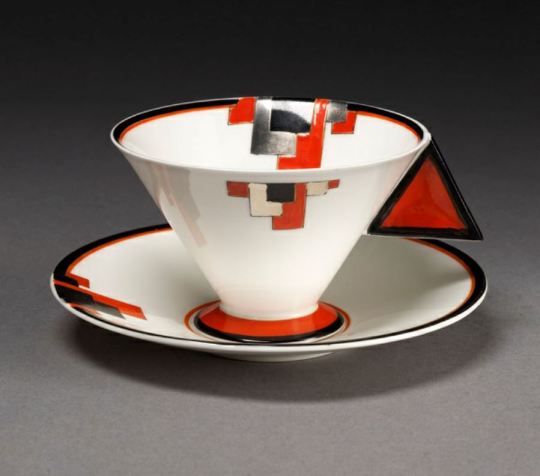
Vogue, tasse et soucoupe Red Blocks par Eric Slater, fabriquée par Shelley Potteries, 1930-1931 © Victoria & Albert Museum, Londres. - source Ana Thiebaut
18 notes
·
View notes
Photo
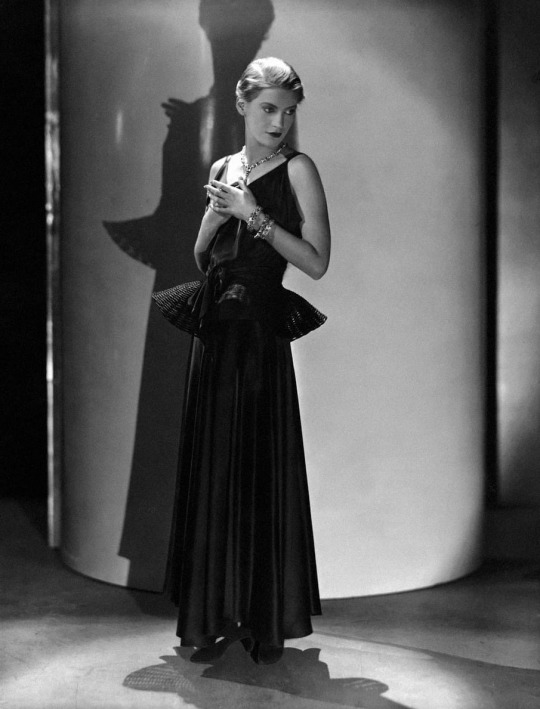
George Hoyningen-Huene. Lee Miller, Vogue, May 1931.
64 notes
·
View notes
Text






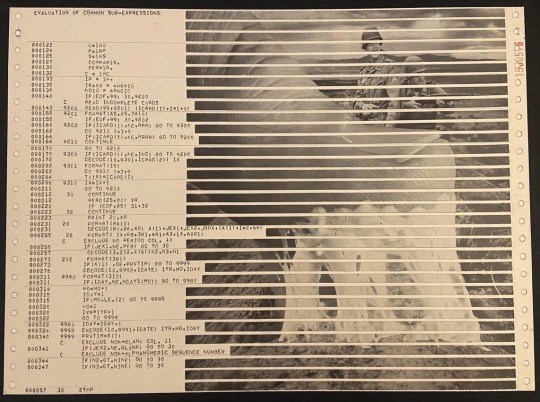


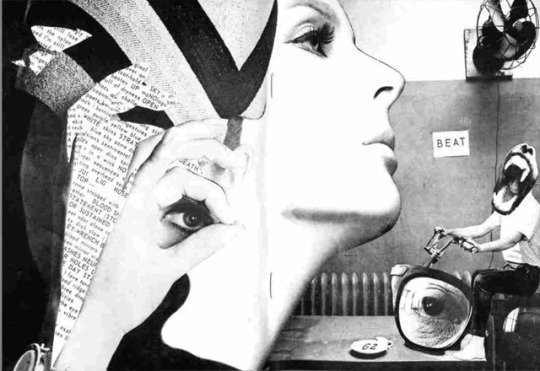
Norman Ogue Mustill (1931-2013) was an American artist, who primarily used collage as his medium. He was born in Montreal, Canada and was educated at the Montreal Museum of Art and Ecole Des Beaux Artes. During the 1950s, Mustill lived in New York (New York), Los Angeles (California), and Mexico City (Mexico). He moved to San Francisco (California) in 1960, which led to collaboration with filmmakers, painters, and poets of the beat generation. Mustill was not interested in being a public figure and avoided the art world. He adopted the middle name "Ogue," which he took from the fashion magazine Vogue to protest the fashionable.
Arts Journal
68 notes
·
View notes
Text
Hot Vintage Stage Actress Round 1


Kirsten Flagstad: Isolde in Tristan and Isolde (1932 Gothenburg); Sieglinde in Die Walküre (1935 Met); Leonore in Fidelio (1936 Met)
Odette Myrtil: The Bing Boys Are Here (1916 West End); The Vogues of 1924 (1924 Broadway); Odette in The Cat and the Fiddle (1931 Broadway)
Propaganda under the cut
Kirsten Flagstad:
She’s an opera legend, like she was called the voice of the century. And she has pretty hair



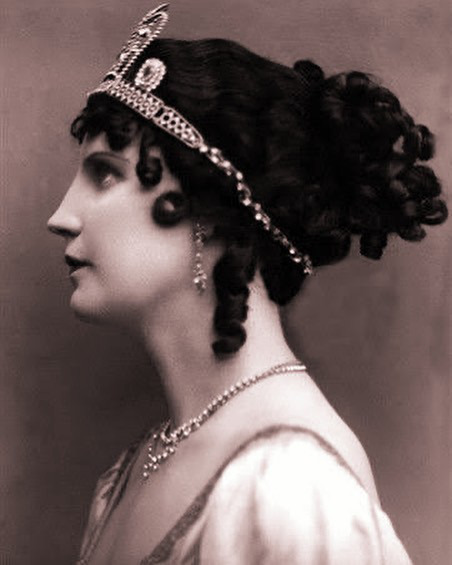
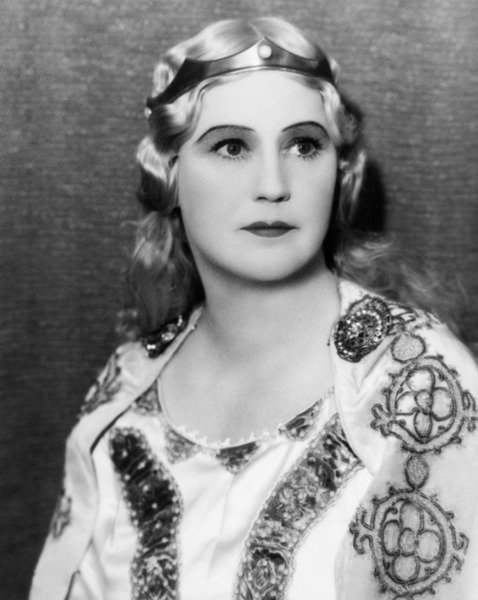
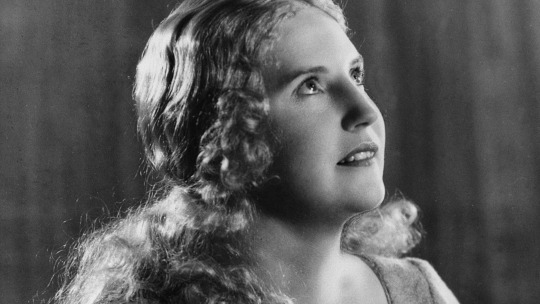

Odette Myrtil:


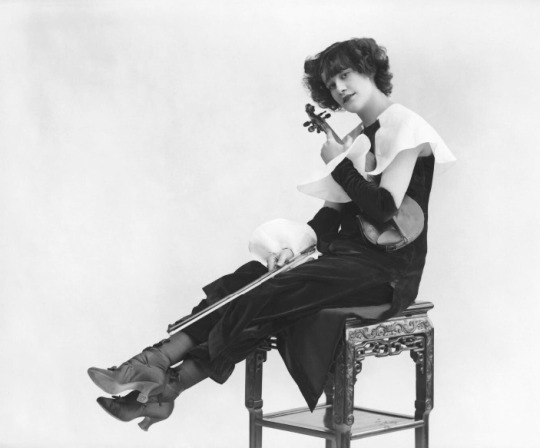

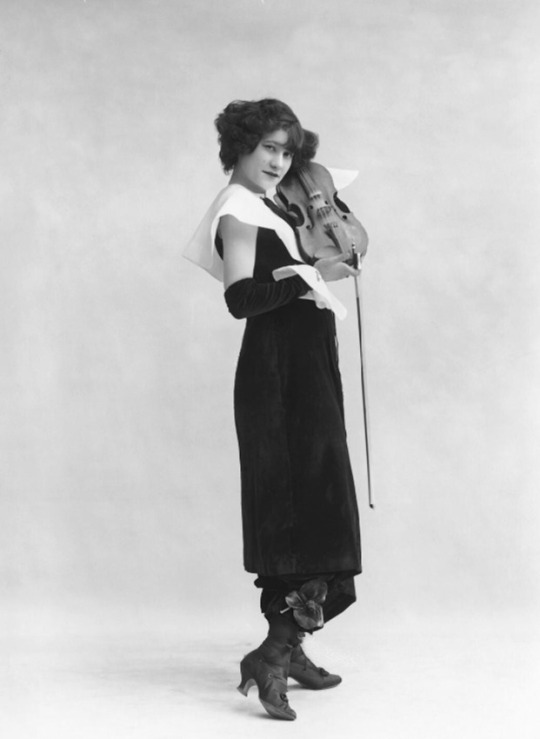

#vintagestagehotties#vintagestagepoll#vintage tournament#vintage poll#kirsten flagstad#odette myrtil#ladies round 1#vintage ladies
8 notes
·
View notes
Photo
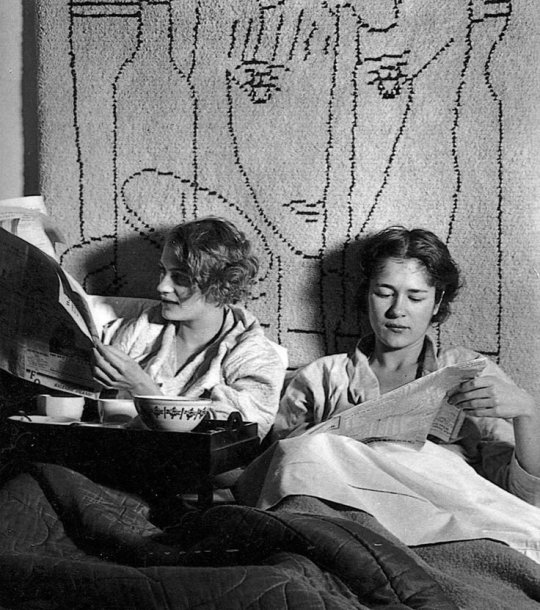
I would rather take a photograph than be one.
- Lee Miller
Tanja Ramm (1906-1997) was a first-generation American of Norwegian parents. Close friends since their teens as students at the progressive Art Students League in New York, she and Lee Miller modelled in New York and later in Paris for Vogue and Jean Patou.
In 1929, Miller and Ramm travelled together through Europe. Before long, Lee Miller would boldly present herself to Man Ray at the nightclub Le Bateau Ivre as 'his new student'.
Settling in Paris, Ramm and Miller shared an apartment on the rue Victor Considerant in Montparnasse. Ramm would model for Man Ray several times, most famously in a dramatic frontal solarised portrait, dated 1931.
In 1930, Ramm would meet Henry Rowell, whom she married in 1931, with Lee Miller as her sole attendant. The couple returned to America soon after, while Miller became a prominent photographer, as well as muse to Man Ray.
Photo: Lee Miller and Tanja Ramm having breakfast in bed at Lee Miller’s Paris Studio with a Jean Cocteau art work behind them, 1931.
#miller#lee miller#quote#tanja ramm#man ray#art of photography#photography#muse#artist#model#surrealism#paris#femme#beauty#culture#art
59 notes
·
View notes
Text
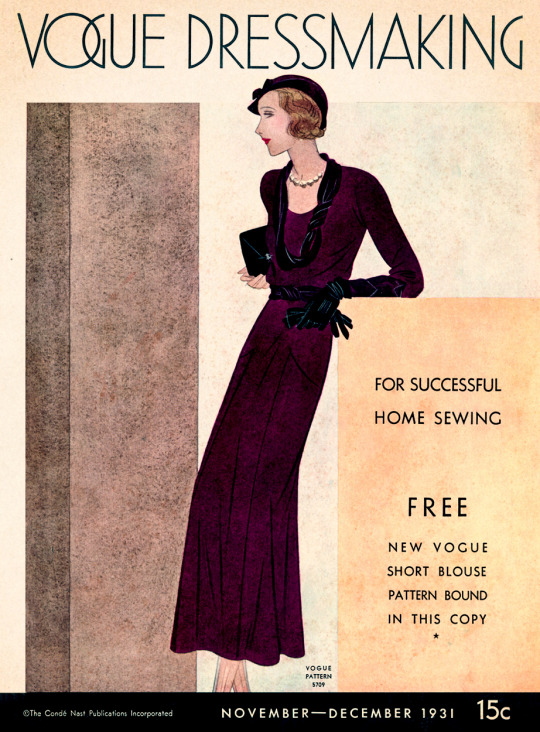
Vogue Dressmaking - November/December 1931.
#vintage illustration#fashion#vintage fashion#vogue#vogue magazine#the 30s#women’s fashion#30s fashion#dress making#sewing#conde nast#vintage clothing
11 notes
·
View notes
Text

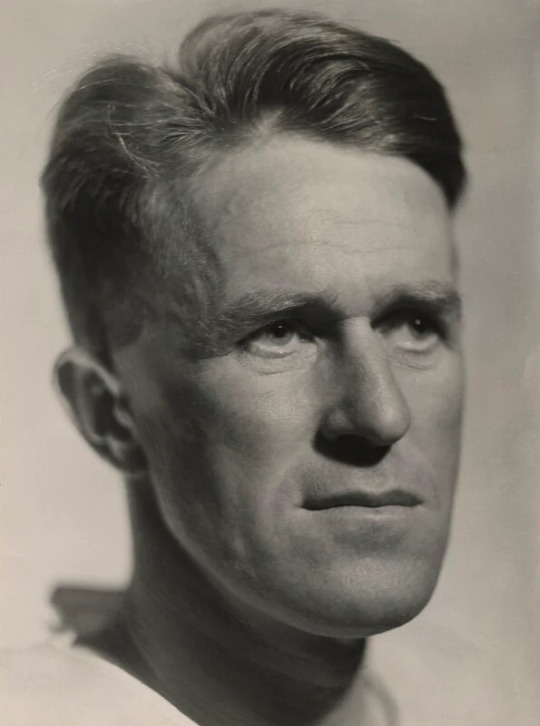



T.E. Lawrence (T.E. Shaw)
13 October 1931
photographed by Howard Coster
In a letter to Charlotte Shaw on 14 October 1931, Lawrence describes how this famous portrait was taken by the well-known portrait photographer Howard Coster: "On Friday I was on the embankment near the Temple ... [when] a little bare-headed man rushed up and said "Colonel Lawrence ... I want to photograph you ... You and Gandhi are the two people I want to take". So I went along, for the joke of it, and he put me on a little chair ... [at] A little shop in Essex Street. Rather a nice little stammering man, I thought. Works for Vogue!" Two weeks later Coster sent Lawrence one of the photographs he had taken (the first one here), and Lawrence commented on it, to his mother on 30 October 1931: "Pity it is so large, for I think that it is very good, as a photograph".
Source
38 notes
·
View notes
Text
Garbo's Influence in Hollywood, 1930s
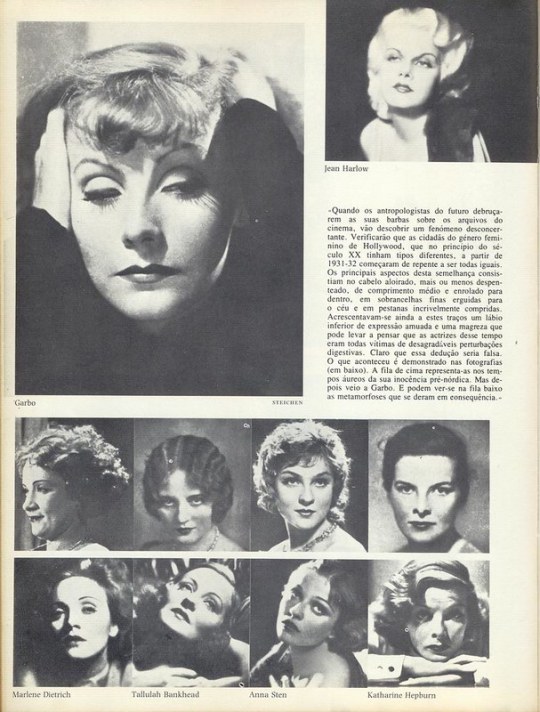
"When anthropologists of the future lean their beards over cinema's archives, they will find a disconcerting phenomena: they will notice that all female citizens of Hollywood who in the beginning of the XX the century all had different body types from 1931-32 onward suddenly began to look the same. The main characteristics they shared were a more or less combed blondish hair, medium in length and curled inward; fine eyebrows lifted high up to the sky and incredibly long eyelashes.
Other traces in common were a sulking lower lip, and a thinness that might lead one to believe that all the actresses of those days suffered from some unpleasant disorder of the digestive tract. Of course, such a deduction would be false. What really happened can be seen on the pictures (bellow.) The upper row shows them in their golden days of pre-Nordic innocence. But then came Garbo. And the metamorphoses that subsequently took place can be seen on the lower row."
Scanned and quoted from Bronwen Meredith's "Vogue Body and Beauty Book" 1977.
30 notes
·
View notes
